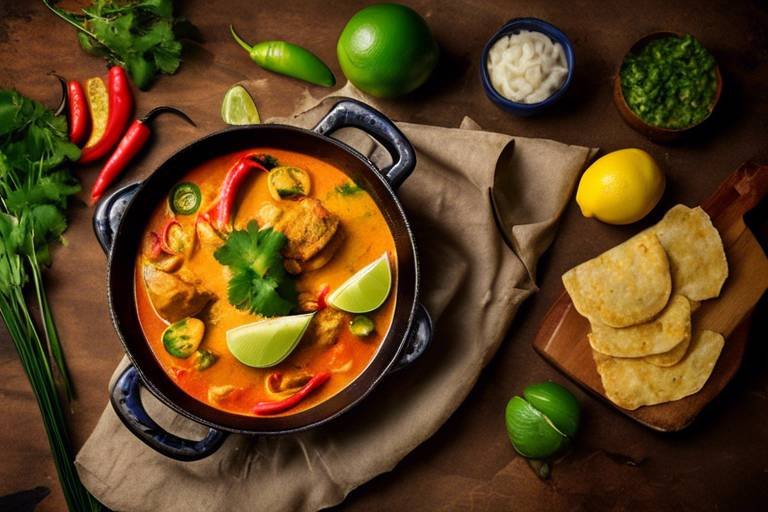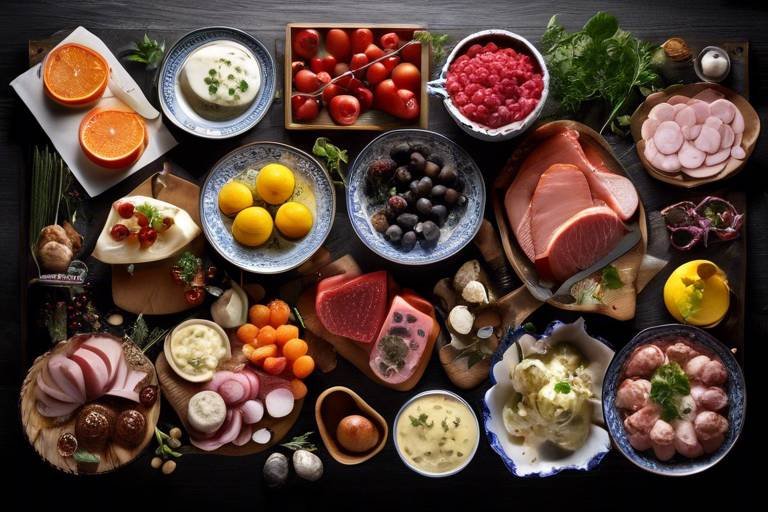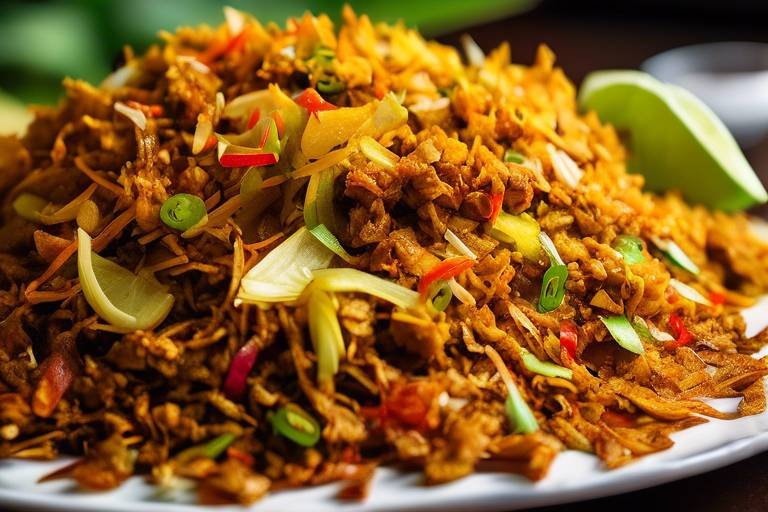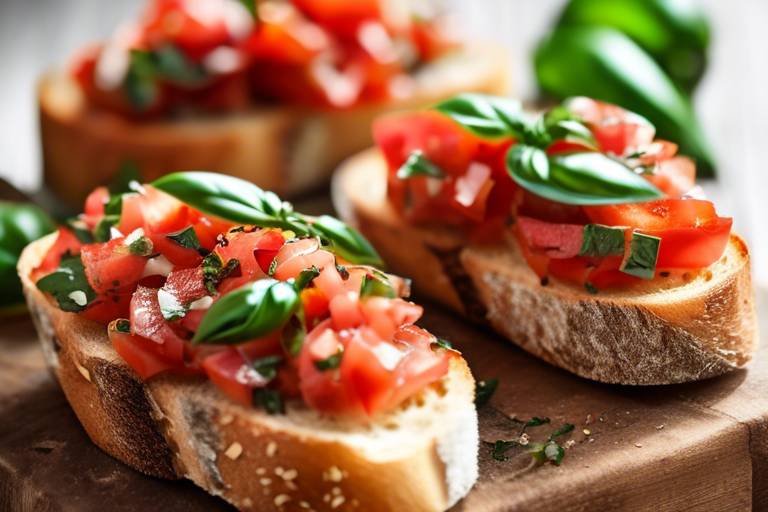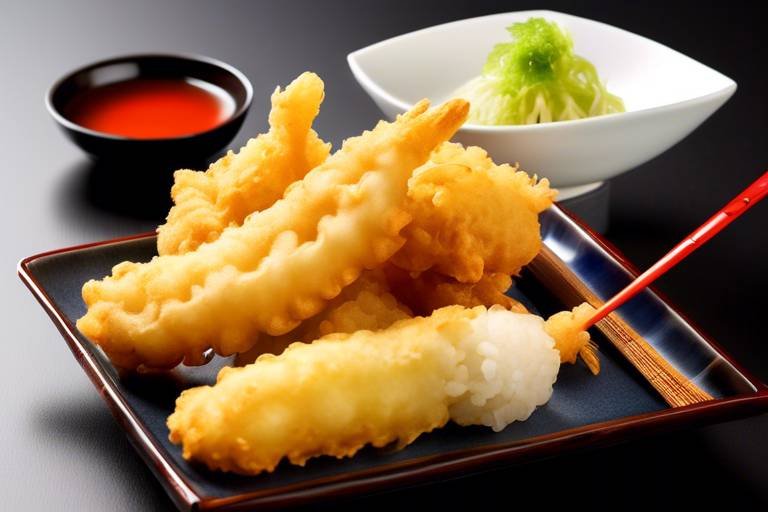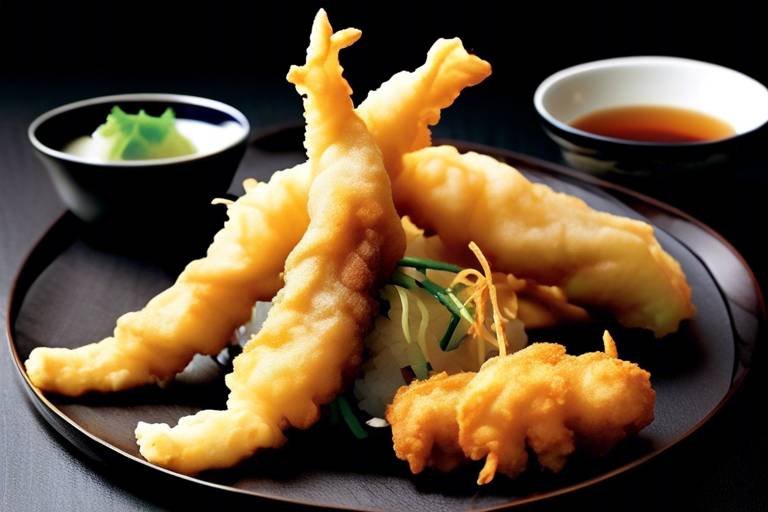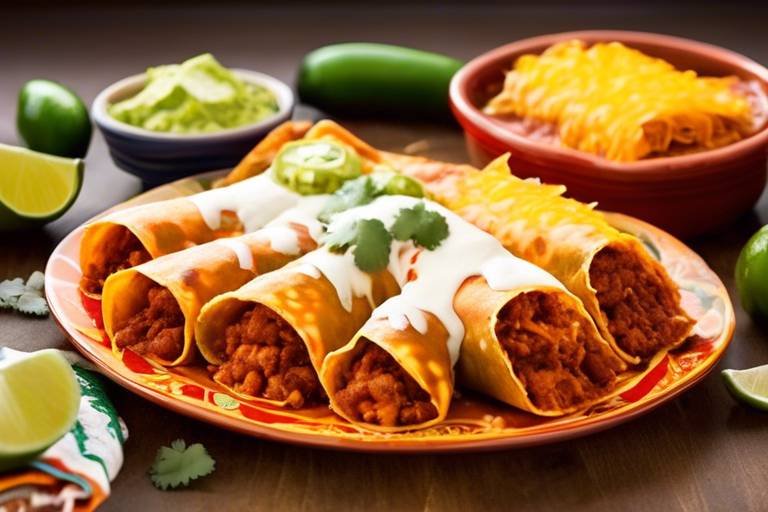Discovering the Best Brazilian Moqueca
Brazilian Moqueca is a dish that embodies the vibrant and diverse culinary culture of Brazil. From its rich history to the tantalizing flavors that explode in every bite, Moqueca is a true delight for food enthusiasts around the world. Let's embark on a journey to uncover the secrets of the Best Brazilian Moqueca and dive into a world of taste and tradition.
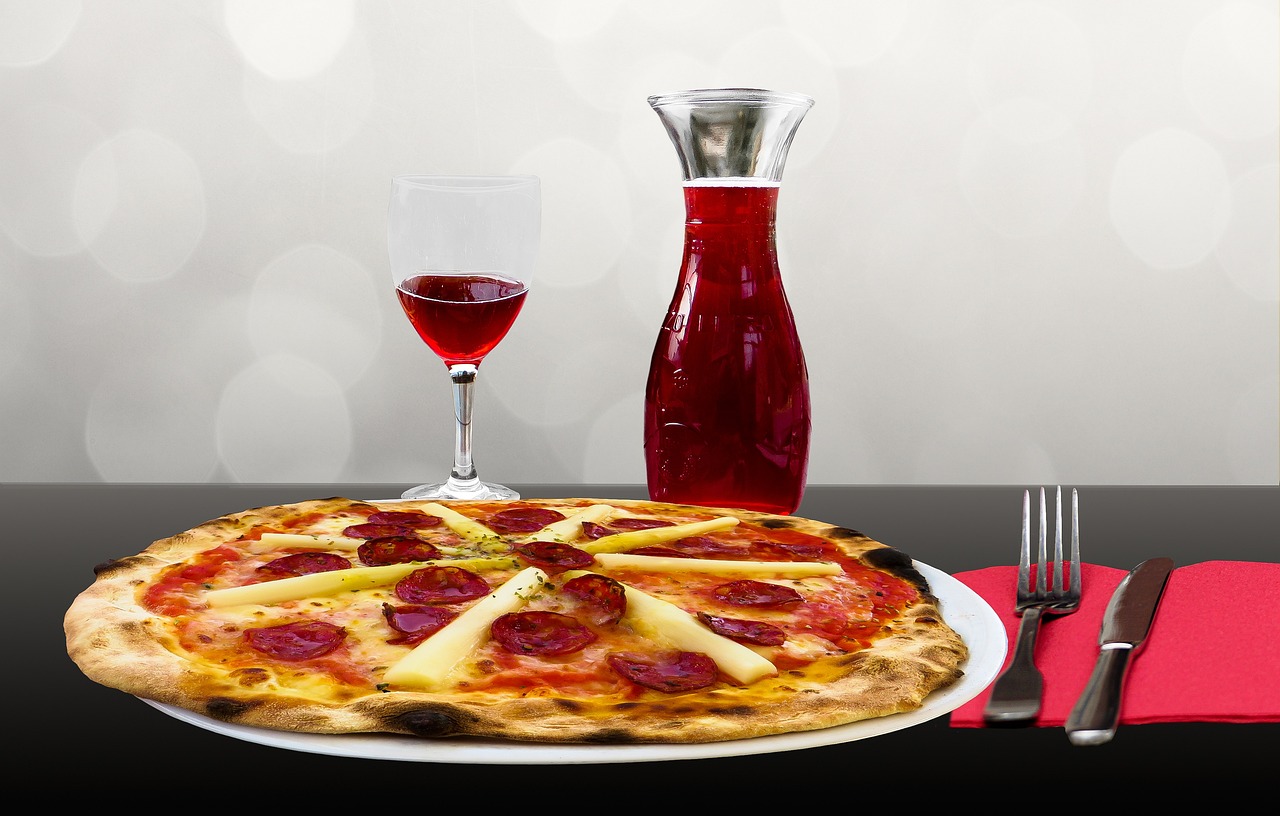
History of Moqueca
Are you ready to embark on a culinary journey to uncover the secrets of the best Brazilian Moqueca? Join us as we delve into the rich history, tantalizing ingredients, regional variations, and health benefits of this traditional Brazilian fish stew. Get ready to tantalize your taste buds and impress your guests with the flavors of Brazil!
Let's travel back in time to explore the fascinating history of Moqueca, a dish deeply rooted in Brazilian culture. Originating from the indigenous tribes of Brazil, Moqueca has evolved over centuries to become a beloved culinary tradition. The name "Moqueca" is said to derive from the indigenous Tupi language, meaning "to cook in a pot." This dish reflects the diverse cultural influences that have shaped Brazilian cuisine, blending indigenous, African, and Portuguese culinary traditions into a harmonious symphony of flavors.

Ingredients Used
When it comes to creating the perfect Brazilian Moqueca, the key lies in the selection of ingredients that bring out the rich flavors and textures of this traditional dish. The foundation of a delicious Moqueca typically includes fish, coconut milk, palm oil, tomatoes, bell peppers, onions, garlic, and a variety of spices. Each component plays a crucial role in enhancing the overall taste and authenticity of the dish.
One of the standout features of Brazilian Moqueca is the use of dende oil, also known as palm oil, which not only adds a vibrant color to the stew but also infuses it with a unique flavor profile. The combination of coconut milk and dende oil creates a creamy and aromatic base that sets Moqueca apart from other fish stews around the world.
In addition to the core ingredients, regional variations of Moqueca may incorporate additional elements such as coriander, lime juice, fish stock, and even seafood like shrimp or crab to elevate the dish further. These variations add depth and complexity to the flavor profile, making each version of Moqueca a unique culinary experience.
Furthermore, the use of fresh, locally sourced ingredients is essential in capturing the essence of Brazilian cuisine and ensuring an authentic taste. The balance of flavors, textures, and aromas derived from the carefully selected ingredients is what makes Brazilian Moqueca a beloved and cherished dish both in Brazil and around the world.
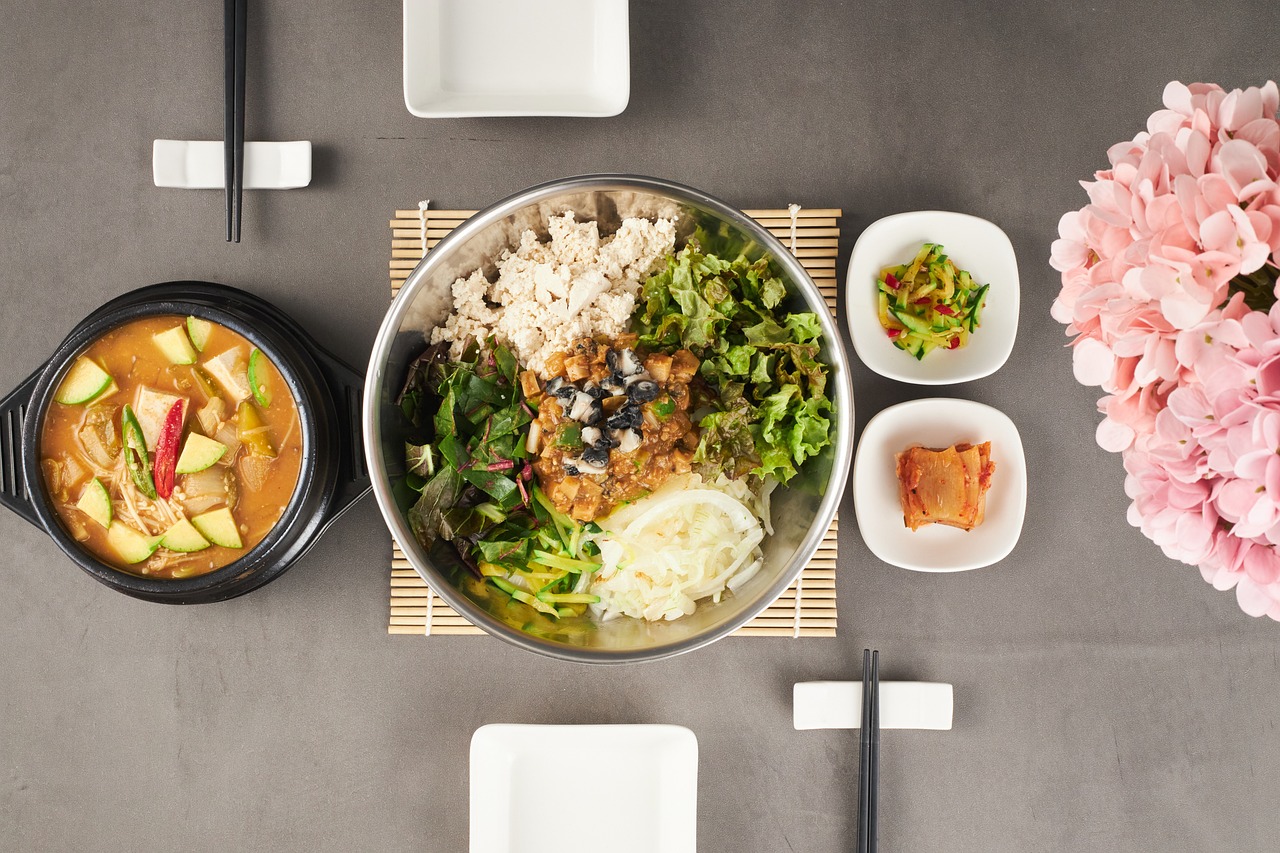
Regional Variations
When it comes to Brazilian Moqueca, regional variations play a significant role in shaping the unique flavors and textures of this traditional dish. From the coastal regions to the inland areas of Brazil, each locality brings its own twist to the classic recipe, making Moqueca a diverse and dynamic culinary experience.
In the northeastern state of Bahia, **Moqueca Baiana** reigns supreme, known for its rich and spicy flavor profile. This version typically features palm oil, coconut milk, and dendê oil, giving it a vibrant color and a tropical taste that reflects the region's Afro-Brazilian heritage.
On the other hand, in the southeastern state of Espírito Santo, **Moqueca Capixaba** takes a lighter approach with a tomato-based broth and a focus on fresh seafood like shrimp and fish. The absence of palm oil distinguishes this variation, allowing the natural flavors of the ingredients to shine through.
Heading further south to Rio de Janeiro, **Moqueca Carioca** showcases a blend of influences from Portuguese and indigenous cuisines. This version often includes a mix of seafood and fish, cooked in a savory tomato and onion base, creating a harmonious balance of flavors that is both comforting and satisfying.
As we venture into the Amazon rainforest, **Moqueca Amazônica** emerges as a unique interpretation of the dish, featuring local ingredients like freshwater fish, plantains, and exotic spices. The use of ingredients native to the region adds a wild and earthy dimension to the dish, reflecting the biodiversity of the Amazonian ecosystem.
Each regional variation of Brazilian Moqueca offers a glimpse into the diverse culinary landscape of Brazil, showcasing the country's rich cultural tapestry and the creativity of its people in reinventing a beloved traditional dish.
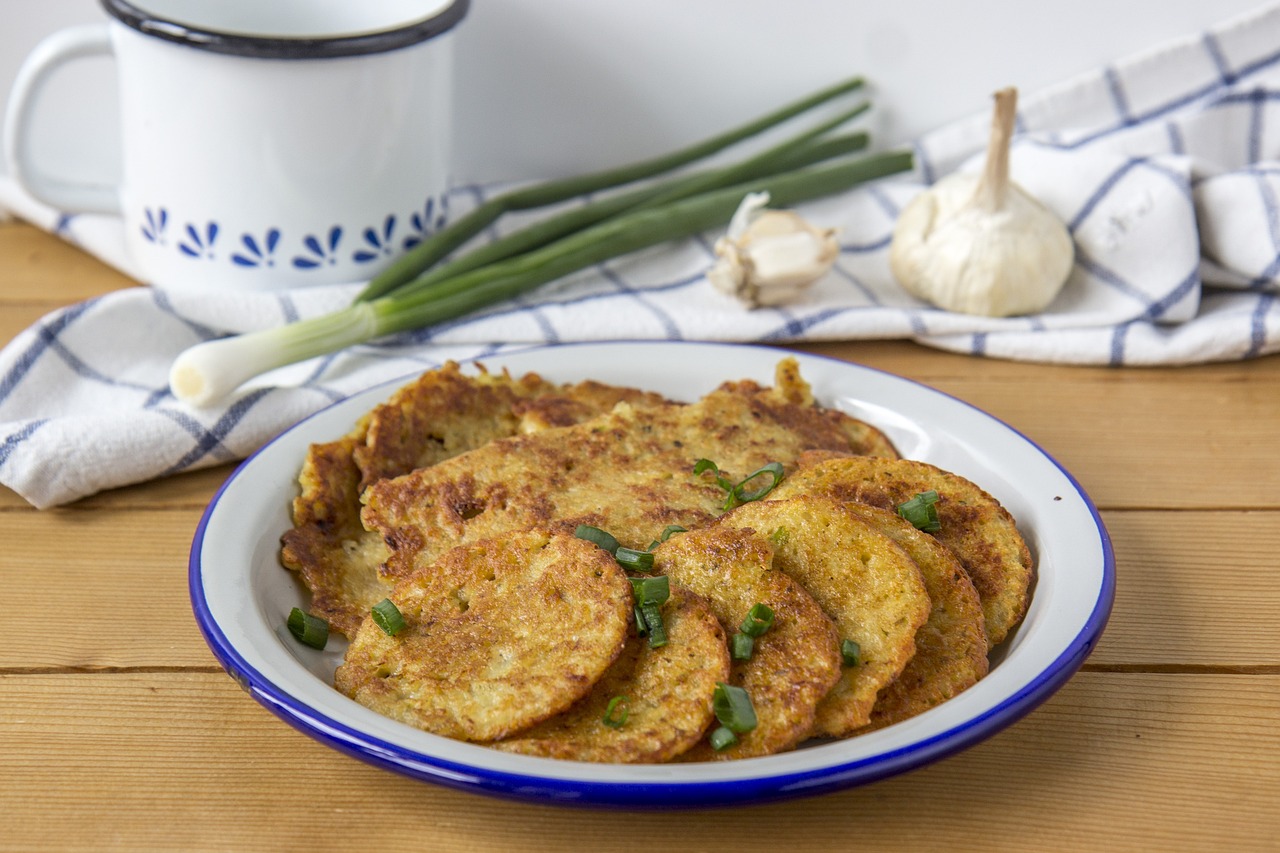
Cooking Techniques
When it comes to cooking the perfect Brazilian Moqueca, mastering the right techniques is essential to bring out the rich flavors and textures that make this dish so beloved. The traditional method of preparing Moqueca involves slow cooking the fish and vegetables in a fragrant broth until all the ingredients are infused with the vibrant flavors of Brazil.
One key technique in cooking Moqueca is the use of coconut milk as a base for the broth, which adds a creamy richness and a subtle sweetness to the dish. The coconut milk not only enhances the flavors of the fish and vegetables but also helps to tenderize the ingredients as they simmer together.
To achieve the perfect balance of flavors in Moqueca, it is important to layer the ingredients thoughtfully in the cooking pot. Start with a base of sliced onions, bell peppers, and tomatoes, then add the fish on top before pouring in the coconut milk and any additional seasonings. This layering technique allows the flavors to meld together harmoniously as the dish cooks.
Another crucial aspect of cooking Moqueca is simmering it gently over low heat to allow the flavors to develop fully. Avoid boiling the broth vigorously, as this can cause the fish to break apart and the coconut milk to curdle. Slow and steady simmering is the key to achieving a velvety smooth texture and a rich, aromatic broth.
For those looking to add a modern twist to their Moqueca recipe, experimenting with different herbs and spices can elevate the dish to new heights. Fresh cilantro, parsley, and cilantro add a burst of freshness, while spices like paprika, cumin, and coriander bring depth and complexity to the flavor profile.
Whether you choose to stick to the traditional cooking techniques or get creative with your approach, mastering the art of cooking Moqueca is sure to impress your taste buds and transport you to the vibrant streets of Brazil with every bite.
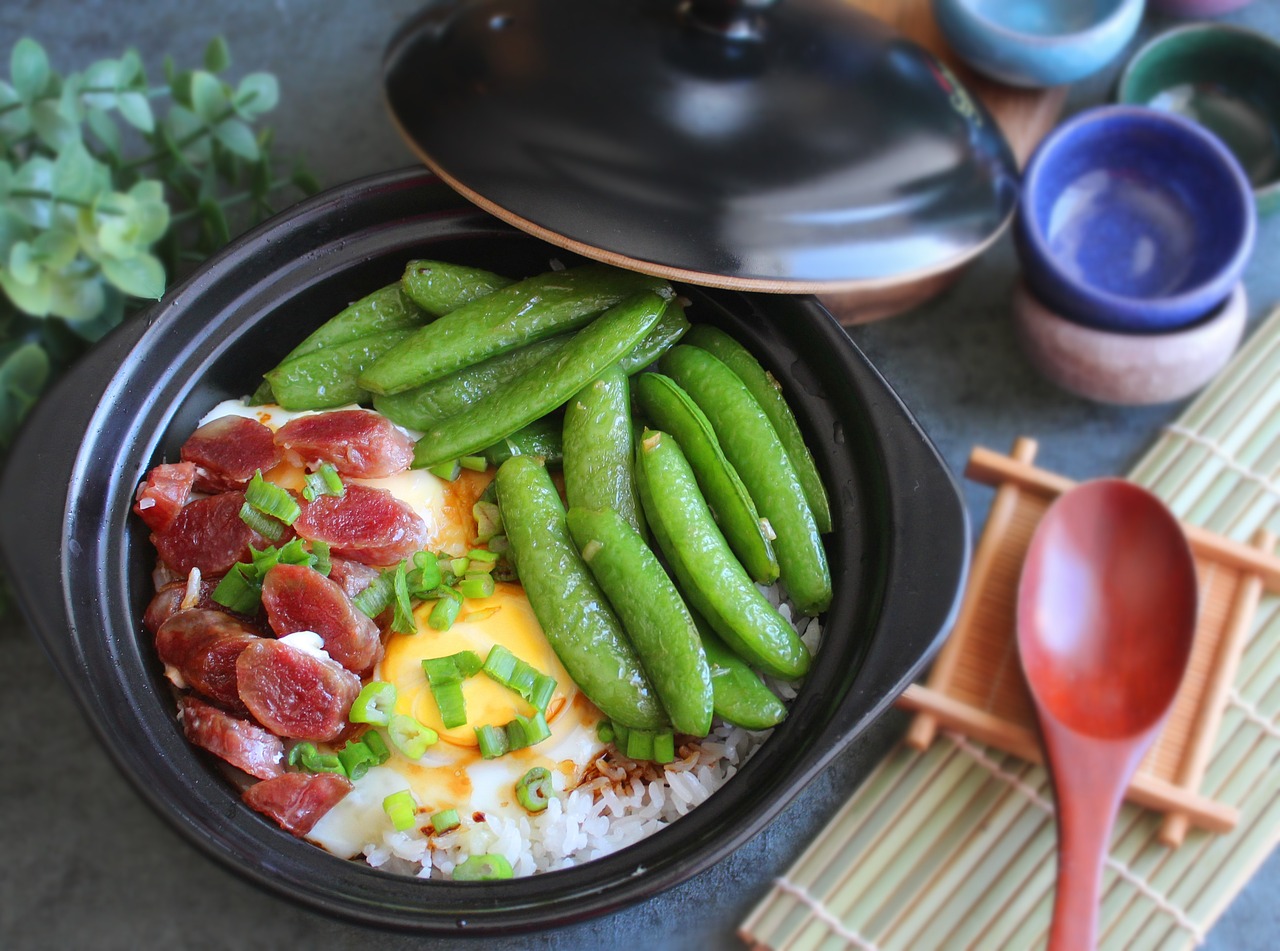
Serving and Presentation
When it comes to serving and presenting Brazilian Moqueca, there are several key elements to consider that can elevate the dining experience to a whole new level. The traditional way of serving this flavorful fish stew is in a clay pot, which not only adds an authentic touch but also helps in retaining the heat and flavors of the dish. The vibrant colors of the Moqueca, with the rich red of the tomatoes, the bright green of the cilantro, and the golden hues of the palm oil, create a visually appealing presentation that is as delightful to the eyes as it is to the palate.
Garnishes play a crucial role in enhancing the presentation of Moqueca. Sprinkling fresh chopped cilantro or parsley on top adds a pop of color and freshness. Slices of lime or lemon can be placed on the side to provide a tangy contrast to the savory stew. Additionally, a drizzle of extra virgin olive oil just before serving not only adds a glossy finish but also enriches the overall flavor profile of the dish.
When it comes to serving, Moqueca is often accompanied by steamed white rice, which serves as a perfect base to soak up the flavorful broth. The contrast in textures between the tender fish and the fluffy rice creates a harmonious balance in each bite. Farofa, a toasted cassava flour mixture, is another popular side dish that adds a crunchy element to the meal.
To create a memorable dining experience, consider serving Moqueca with traditional Brazilian side dishes such as pão de queijo (cheese bread) or couve a mineira (sauteed collard greens). These accompaniments not only complement the flavors of the stew but also add a variety of textures and tastes to the meal.
For a festive touch, consider serving Moqueca in a communal setting, allowing guests to scoop out generous portions of the stew into their individual plates. This communal style of serving encourages interaction and sharing, adding a convivial atmosphere to the dining experience.
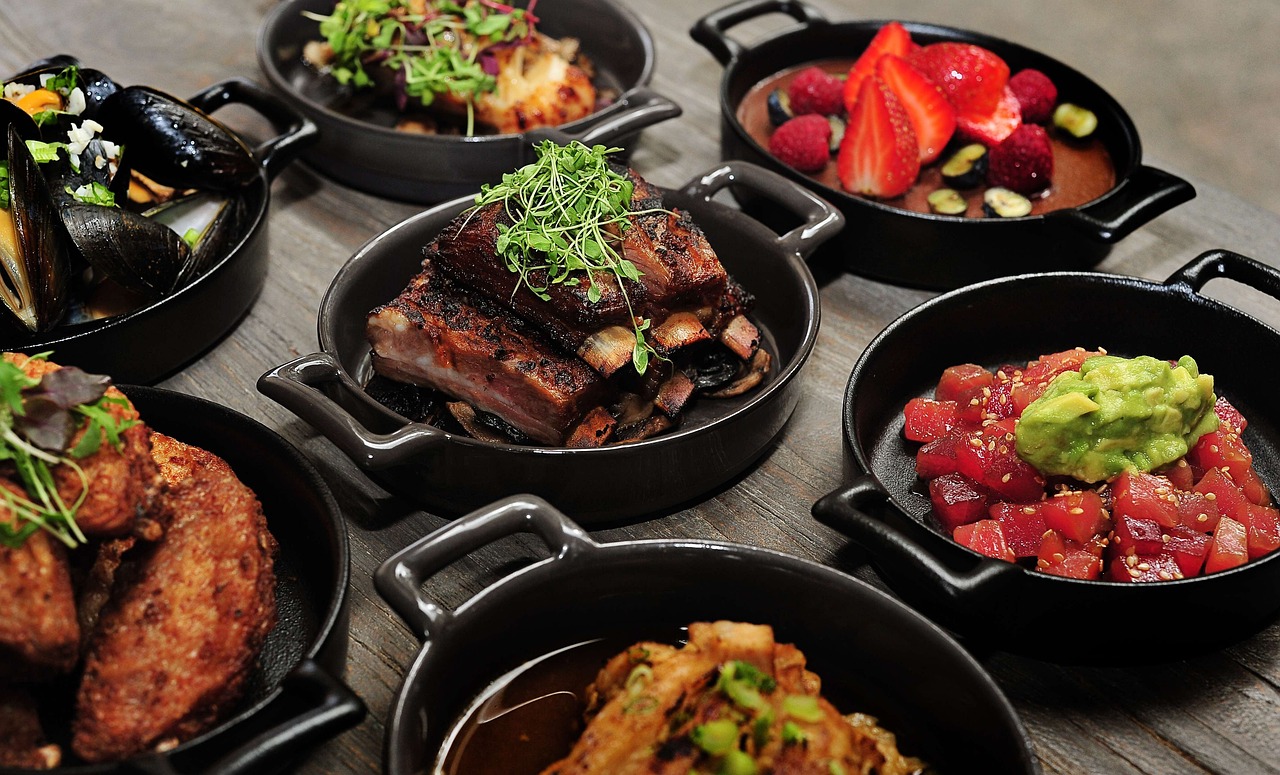
Health Benefits
Brazilian Moqueca not only delights the taste buds but also offers a plethora of health benefits that make it a nourishing choice for your body. The combination of fresh fish, vegetables, and coconut milk in Moqueca creates a nutrient-rich dish that is packed with essential vitamins and minerals. The omega-3 fatty acids found in fish are known for their heart-healthy properties, promoting cardiovascular well-being and reducing the risk of heart disease.
Additionally, the vegetables used in Moqueca, such as bell peppers, tomatoes, and onions, provide a rich source of antioxidants that help combat inflammation and boost the immune system. The coconut milk used in the stew not only adds a creamy texture but also offers a dose of healthy fats that support brain function and overall cognitive health.
Moreover, the combination of ingredients in Brazilian Moqueca provides a balanced mix of protein, carbohydrates, and fats, making it a satisfying and wholesome meal choice. The dish is relatively low in saturated fats and cholesterol, making it a heart-friendly option for those looking to maintain a healthy diet.
With its nutrient-dense ingredients and delicious flavors, Brazilian Moqueca stands out as a dish that not only satisfies your taste buds but also nourishes your body, making it a well-rounded choice for those seeking a flavorful and health-conscious meal.

Popular Accompaniments
When it comes to enjoying a delicious bowl of Brazilian Moqueca, the accompaniments can truly elevate the dining experience. From traditional side dishes to refreshing beverages, the right pairings can complement the rich flavors of this iconic dish. Let's explore some popular accompaniments that are often served alongside a steaming bowl of Moqueca.
One classic accompaniment that perfectly complements the hearty flavors of Moqueca is farofa. This toasted cassava flour mixture adds a delightful crunch and nutty flavor to each bite, creating a textural contrast that enhances the overall dining experience. Whether plain or seasoned with herbs and spices, farofa is a must-have side dish for Moqueca enthusiasts.
For those looking to add a refreshing element to their meal, a fresh citrus salad can be the perfect choice. A simple mix of oranges, grapefruits, and lime wedges tossed with a light vinaigrette can provide a zesty and tangy balance to the rich and savory flavors of the stew. The citrusy notes can cleanse the palate between spoonfuls of Moqueca, offering a burst of freshness with each bite.
When it comes to beverages, a caipirinha is a popular choice to accompany a bowl of Moqueca. This Brazilian cocktail made with cachaça, sugar, and lime is a refreshing and slightly sweet drink that pairs well with the bold flavors of the stew. The citrusy and slightly boozy profile of the caipirinha can enhance the dining experience, making it a beloved choice among Moqueca enthusiasts.
Another traditional accompaniment that adds a touch of creaminess to the meal is pirão. This thick gravy-like sauce is made from the broth of the stew thickened with cassava flour, creating a velvety texture that can be drizzled over the Moqueca or served on the side. The addition of pirão not only enhances the flavor of the dish but also provides a comforting and satisfying element to the dining experience.
For those looking to add a bit of heat to their meal, malagueta peppers are a popular choice to spice up a bowl of Moqueca. These small and fiery peppers can be sliced or chopped and served on the side, allowing diners to customize the level of spiciness in their stew. The intense heat of malagueta peppers can add a kick of flavor that complements the rich and savory notes of the dish, creating a dynamic and flavorful dining experience.
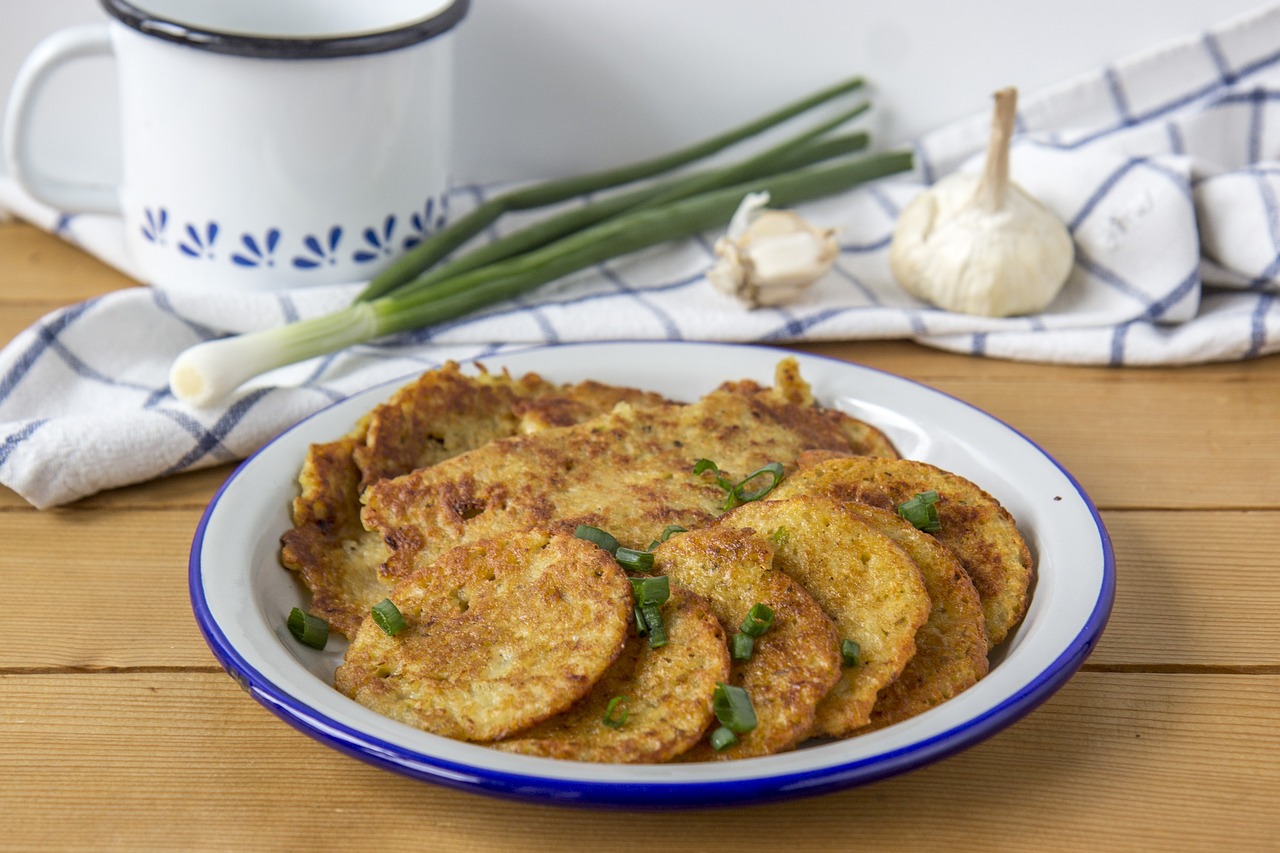
Culinary Traditions
Brazilian culinary traditions are deeply rooted in the country's rich history and diverse cultural influences. When it comes to Moqueca, the dish carries with it a sense of tradition and heritage that is passed down through generations. In Brazil, serving Moqueca is not just about the food itself but also about the experience and connection to the past that it represents.
One of the key culinary traditions associated with Moqueca is the communal aspect of sharing the meal with family and friends. It is often prepared in large quantities, creating a sense of abundance and generosity that is characteristic of Brazilian hospitality. The act of gathering around a steaming pot of Moqueca, sharing stories and laughter, is a cherished tradition that brings people together.
Another culinary tradition linked to Moqueca is the use of fresh, locally sourced ingredients. From the succulent fish to the vibrant vegetables and flavorful herbs, each component is carefully selected to ensure the highest quality and authentic taste. This emphasis on using fresh and seasonal ingredients not only enhances the flavor of the dish but also reflects the connection to the land and the respect for nature.
Furthermore, the cooking process itself is steeped in tradition, with many families following age-old recipes and techniques passed down from ancestors. The slow simmering of the ingredients in a clay pot, the layering of flavors, and the careful balance of spices all contribute to the unique taste and texture of Moqueca. This attention to detail and respect for tradition is what sets Brazilian culinary practices apart.
Overall, the culinary traditions surrounding Moqueca are a celebration of Brazilian culture, history, and community. By honoring these traditions and embracing the rituals associated with preparing and serving this beloved dish, individuals not only enjoy a delicious meal but also connect to a heritage that is as vibrant and diverse as the flavors of Moqueca itself.
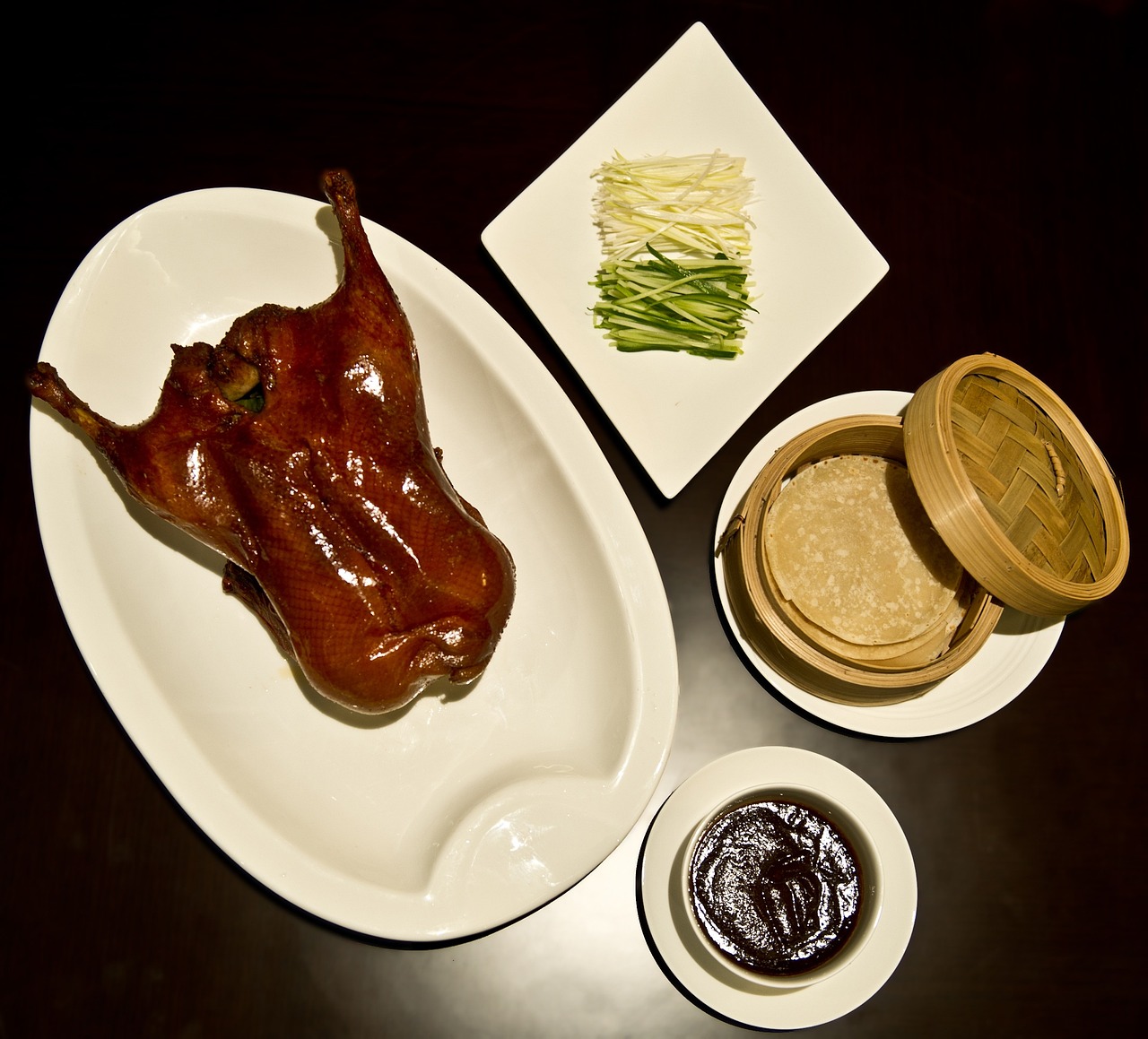
Recipe Variations
When it comes to Brazilian Moqueca, the possibilities for recipe variations are as vast as the ocean itself. This traditional fish stew has been adapted and personalized by countless chefs and home cooks, each adding their unique touch to the dish. Whether you prefer a traditional approach or like to experiment with unconventional ingredients, there is a Moqueca recipe out there for everyone.
One popular variation of Moqueca involves the choice of fish. While the traditional recipe calls for firm white fish like cod or halibut, some chefs opt for shrimp, crab, or even a mix of seafood for a richer flavor profile. The type of fish used can significantly impact the overall taste and texture of the dish, offering a delightful twist to the classic recipe.
Another way to add a twist to your Moqueca is through the use of spices and seasonings. While the traditional recipe includes ingredients like garlic, onions, tomatoes, and coriander, you can experiment with adding cumin, paprika, or even coconut milk for a different flavor profile. These additions can elevate the dish and give it a unique taste that sets it apart from the traditional version.
If you're looking to add a touch of freshness to your Moqueca, consider incorporating a variety of vegetables into the stew. Bell peppers, okra, and plantains are popular choices that not only add color and texture but also enhance the nutritional value of the dish. By including a diverse range of vegetables, you can create a vibrant and wholesome version of this Brazilian favorite.
For those who like a bit of heat in their dishes, experimenting with different types of chili peppers can take your Moqueca to the next level. Whether you prefer the subtle warmth of jalapeños or the fiery kick of habaneros, adding chili peppers can add depth and complexity to the stew, appealing to spice lovers and adventurous eaters alike.
Lastly, don't be afraid to get creative with your Moqueca recipe. Consider incorporating unconventional ingredients like mango, pineapple, or even coconut flakes for a tropical twist. By thinking outside the box and embracing experimentation, you can create a personalized version of Moqueca that reflects your unique culinary style and preferences.
Frequently Asked Questions
- What is Moqueca?
Moqueca is a traditional Brazilian fish stew that originated from the states of Espirito Santo and Bahia. It is a flavorful dish made with fish, onions, tomatoes, garlic, coriander, and coconut milk, cooked slowly to perfection.
- What type of fish is typically used in Moqueca?
The most common fish used in Moqueca is firm white fish such as snapper, grouper, or cod. These types of fish hold up well during the cooking process and absorb the flavors of the stew beautifully.
- Is Moqueca spicy?
Traditional Moqueca is not overly spicy, but it does have a depth of flavor from the use of garlic, onions, and coriander. However, some variations may include the addition of malagueta peppers or hot sauce for those who prefer a spicier kick.
- Can I make Moqueca vegetarian?
Absolutely! You can make a delicious vegetarian version of Moqueca by substituting the fish with vegetables such as bell peppers, eggplant, and squash. The key is to still use the coconut milk and traditional seasonings for an authentic taste.
- How is Moqueca typically served?
Moqueca is usually served hot in a clay pot, accompanied by white rice and farofa (toasted cassava flour). It is common to squeeze a bit of lime juice over the stew before enjoying it for a burst of freshness.

